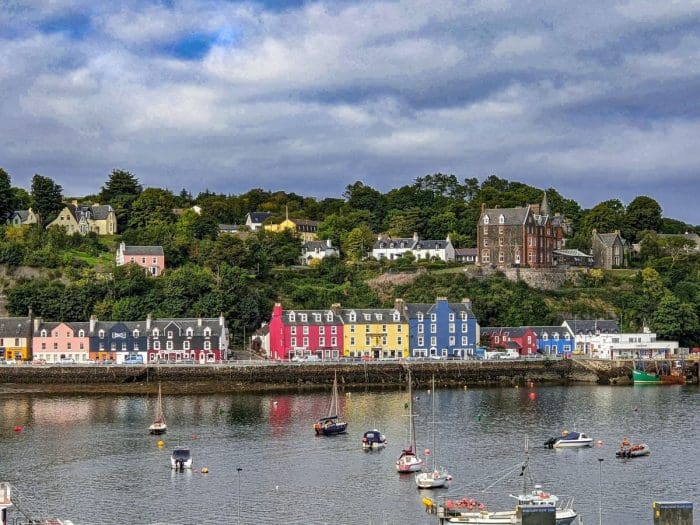- Southeast Asia’s real estate market is booming due to strong economic growth and rising consumerism.
- Some hotspots for real estate investment in Southeast Asia include Metro Manila, Bangkok, and Jakarta.
- The most popular types of properties to invest in are residential, commercial, industrial, and mixed-use properties.
- Factors to consider when investing include economic conditions, political stability, demographics, and infrastructure.
- Before investing in Southeast Asia’s real estate market, foreign ownership restrictions, taxation laws, and regulations should be researched.
If you are looking for opportunities to invest in real estate, Southeast Asia is a region that should be on your radar. The region has been experiencing strong economic growth, robust infrastructure investments, and rising consumerism driving the demand for real estate development.
Real estate is one of the most promising sectors in Southeast Asia. Investors are attracted to the region because of its fast-growing economy, young population, and the rise of the middle class.
According to a report by PwC, Asia-Pacific is expected to become the wealthiest region globally by 2021, with a total wealth of $75 trillion. This means the demand for real estate will continue to grow, presenting opportunities for investors looking for high returns.
This post will dive into this exciting market, hotspots for investment, and the types of properties you should consider investing in.
Hotspots for Investment
Metro Manila, Philippines
Manila, the capital city of the Philippines, is experiencing rapid urbanization leading to a surge in real estate demand. When investing in Southeast Asia, consider hotspots such as Taguig, Makati, and Pasay for high returns. Specifically, Taguig offers opportunities to invest in luxurious apartments for sale in Manila, perfect for ex-pats or wealthy Filipinos seeking top-notch living spaces.
Investing in Manila luxury apartments can provide a stable and profitable income stream. With the city’s strong economic growth and increasing demand for luxury living spaces, now is a great time to consider investing in this booming real estate market.
Bangkok, Thailand
Bangkok is one of the most visited cities in the world, attracting millions of tourists every year. The city has been experiencing rapid growth, and investors are noting this. Areas such as Sukhumvit and Sathorn have been experiencing a surge in demand for real estate. The need for residential properties is high, with properties in these areas fetching high prices.
Jakarta, Indonesia
Jakarta is the capital of Indonesia and is known for its fast-paced lifestyle. The city has been experiencing a boom in the construction sector, with many new projects coming up. Areas such as Kemang, Menteng, and Sudirman have been experiencing a surge in demand for real estate.
The high demand for residential and commercial properties in these areas makes them prime investment destinations.
Types of Properties to Invest In
Residential Properties
Residential properties are the most popular type of investment in Southeast Asia. This is because of the rise of the middle class, which has made it possible for many people to own homes. Such properties provide a regular income for investors, with gains realized through rental income or capital appreciation.
Commercial Properties
Commercial properties in Southeast Asia offer investors excellent returns on investment. Properties such as offices, retail spaces, and hotels provide a steady income stream, making them an attractive investment option.
Industrial Properties
Industrial properties are becoming increasingly popular in Southeast Asia, especially Vietnam, and Indonesia. The region has been experiencing a boom in manufacturing activities, which has led to the growth of industrial properties. Such properties allow investors to earn a regular income through rental or capital appreciation.
Mixed-use Properties
Mixed-use properties offer investors an opportunity to diversify their investments. These properties combine residential, commercial, and industrial spaces, making them attractive investments. Such properties provide a steady income stream, primarily if the right mix of spaces is achieved.
Factors to Consider When Investing in Real Estate in Southeast Asia
Economic Conditions
The first factor to consider when investing in the Southeast Asian real estate market is the region’s economic conditions. Remarkable economic growth in the region translates to strong real estate demand. Stable economic conditions and a growing middle-class population are vital for potential investors.
The GDP growth rate in Southeast Asia has been steadily increasing over the years, a promising sign for potential investors.
Political Stability
Political stability is another critical factor when investing in Southeast Asia’s real estate. A politically stable country often means a stable investment environment. Investors prefer to invest in countries with a stable political climate, which reduces the potential risks associated with investing in any property in Southeast Asia.
Demographics and Market Demand
When considering investing in real estate in Southeast Asia, you should focus on the region’s demographics, especially population density and market demand. The population density of some of the most prosperous cities in the region is skyrocketing, increasing the demand for housing for the ever-growing population.
Infrastructure and Accessibility
The final factor to consider when investing in Southeast Asia is the availability of infrastructure and the accessibility of the region. The quality of the infrastructure, particularly roads, airports, and ports, plays a significant role in the growth of a nation’s economy by ensuring easy accessibility of goods and services.
Legal and Regulatory Framework in Southeast Asia
Foreign Ownership Restrictions
When investing in Southeast Asia’s real estate market, it’s vital to understand the foreign ownership restrictions. Some Southeast Asian countries have imposed specific foreign ownership restrictions on properties, mainly those considered essential to national development.
Therefore, it is crucial to research the prevailing laws and regulations regarding foreign ownership and comply with them.
Taxation Laws and Regulations
Taxation laws and regulations differ from one Southeast Asian country to another. Refrain from rushing to invest in any property without understanding the tax implications involved. Different countries in the region have varying levels of taxation, depending on the type of property and its location.
You should consult with tax experts to comprehend the country’s taxation system where you intend to invest.
In conclusion, Southeast Asia’s real estate market offers plenty of opportunities for investors. It is crucial to consider the economic conditions, political stability, demographics and market demand, infrastructure and accessibility, and legal and regulatory framework in the region before making any investments.
With research and understanding the market dynamics, you can unlock its full potential and reap maximum investment returns. Investing in this fast-growing region could be an excellent way to diversify your portfolio while earning high returns at the same time.



























